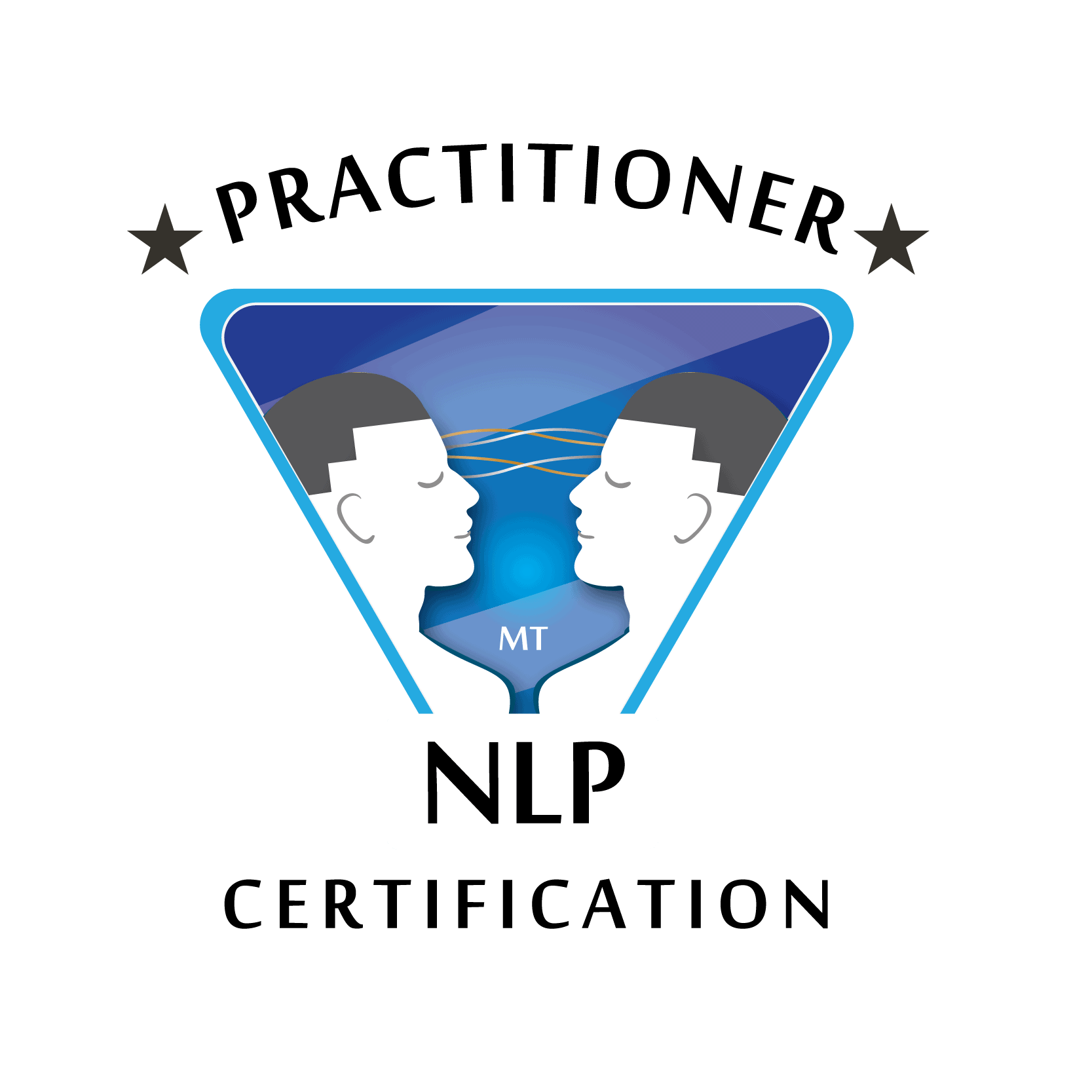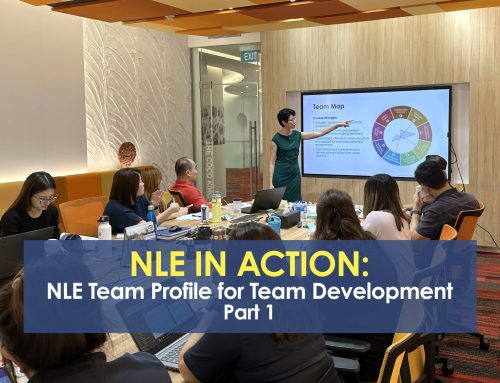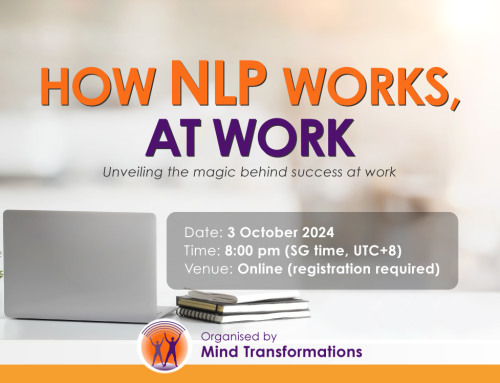

"The most important things in life are the connections you make with others."
– Tom Ford.
(This is the third article of a three-part series on effective communication in the cross-cultural workplace.)
In Part 1, we looked at how honing our ability to observe and respond to others' non-verbal cues in a conversation can increase our effectiveness in communication.
In Part 2, we leveraged the NICE framework to strengthen our cross-cultural awareness and sensitivity through simple exercises.
In this next part, we’ll connect the dots and put everything together in a framework. Ready to improve your cross-cultural communication?
Part 3: Mind Your ABCs - A Guide to Effective Communication
To navigate the complexities of a multicultural workplace, we need a framework to guide our communication efforts.
Enter the ABC - Awareness, Behaviour, and Connection - Framework. It encapsulates the key components and strategies to help us communicate effectively and build strong connections.
Awareness: Understanding Self and Others
Awareness is the foundation of effective communication. It starts with understanding our values, beliefs, and communication styles. When we are self-aware, we can identify our strengths and weaknesses and better understand how others perceive us.
Equally important is developing awareness of others. This entails recognizing and respecting cultural differences, acknowledging individual perspectives, and being mindful of non-verbal cues. By enhancing our awareness of others, we can adapt our communication style to bridge gaps and connect more effectively.
Behaviour: Flexibility and Adaptability
Behaviour refers to our actions during our communication. Being flexible and adaptable in our communication means being open to different preferred ways of communicating, adjusting our language (words) and tone, and using non-verbal cues to convey empathy and understanding.
NLP techniques such as mirroring and matching lead the way in stretching our flexibility muscles.
Mirroring involves subtly adopting the body language and speech patterns of the person we are communicating with, while matching is about aligning our communication style with theirs.
During a conversation:
Pay attention to the other person's speaking speed, volume, tonality, and rhythm. Subtly match your speech patterns to theirs.
Observe and subtly mirror the other person's body language, posture, gestures, and energy level.
Listen for sensory-based words the other person uses, such as "see," "hear," or "feel." Respond using similar words.
Notice how your shifts influence the conversation's dynamic.
When we are flexible and can adapt in our conversations through mirroring and matching, we create a sense of familiarity and comfort, which opens the door to building connections.
Connection: Building Trust and Rapport
Connection is the ultimate goal of effective communication. It is about creating trust, building rapport, and establishing meaningful relationships with others. We achieve this through active listening, empathy, and genuine interest in others.
NLP techniques such as pacing and leading can help us establish a strong connection with others. Pacing involves adapting our communication style to match the other person's preferences (see mirroring and matching above), while leading involves gently steering the conversation towards a desired outcome.
To pace another person in a conversation:
Subtly match your breathing rate and posture with the other person's.
Use sensory-based words that are similar to those used by the other person.
Start by acknowledging the other person's statements for a few minutes. You don't have to agree with the content; simply accept that it's their experience or opinion.
Share a story that starts with the emotions or context the listener is experiencing.
Notice how these bring a sense of synchronisation and connection.
When the sense of synchronisation and connection has settled in, begin to take the lead, such as:
Make a noticeable change in your physiology, like sitting more upright.
Gradually use sensory-based words that are a different sensory modality from the person's.
Gently transition the story to a new perspective or mood.
Observe if the other person is "with you" as you lead. If you notice resistance or hesitation, return to pacing the person so you are in sync again, then experiment with leading again.
Through gentle pacing and leading, we can establish a harmonious communication flow while maintaining trust and connection.
Summary
The ABC Framework - Awareness, Behaviour, and Connection - provides a starting point to becoming more effective in communicating in a multicultural context.
We began this series of articles by reflecting on how, despite having more and more cross-cultural communication, many of us still struggle with it, i.e. unintentional practice doesn't make perfect.
Through intentional practice, i.e. by
Paying attention to non-verbal communication;
Strengthening our awareness and appreciation of cultural diversity in the workplace through the NICE framework, and;
Using the ABC framework during a conversation to maintain trust while steering a conversation,
We can navigate the complexity of cross-cultural communication and foster an inclusive work environment where everyone feels heard and valued.
Mind Transformations' NLP Practitioner Certification training includes learning how to match and mirror others in an exchange, and pace and lead others to a positive desired outcome, verbal and non-verbally, in order to communicate effectively so we can influence and make an impact.
Learn more on the course page or chat with us info @ nlpsgasia.com.






